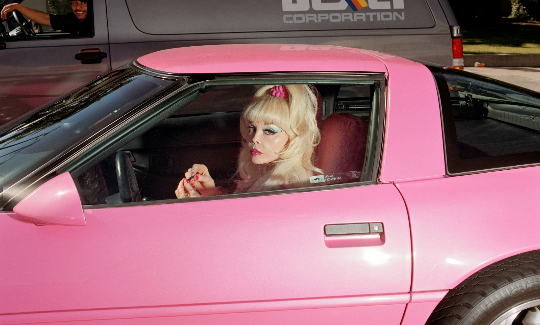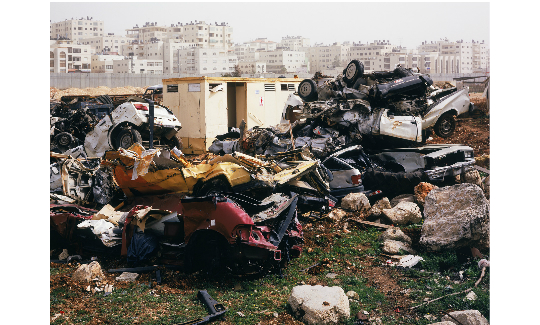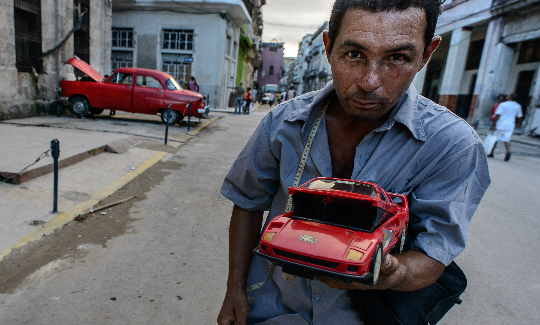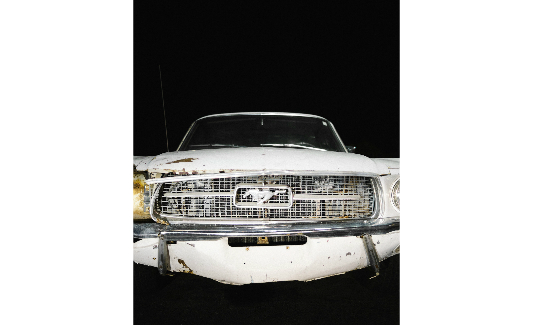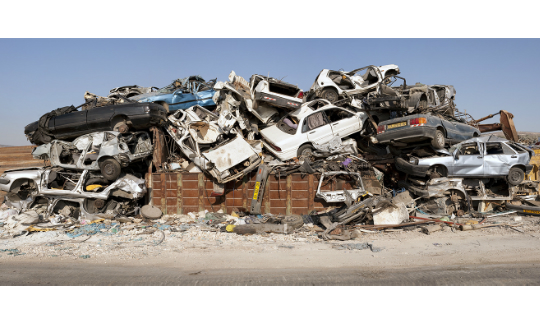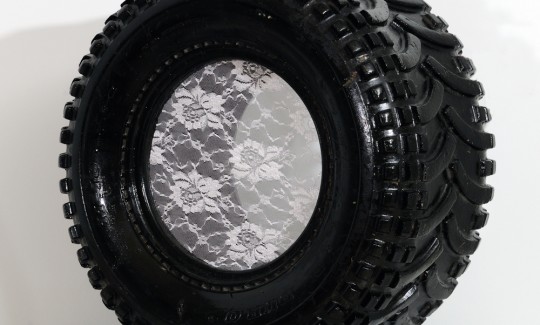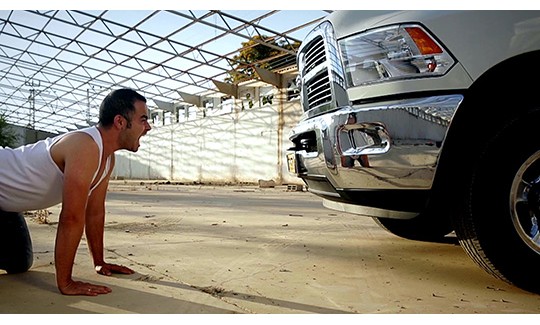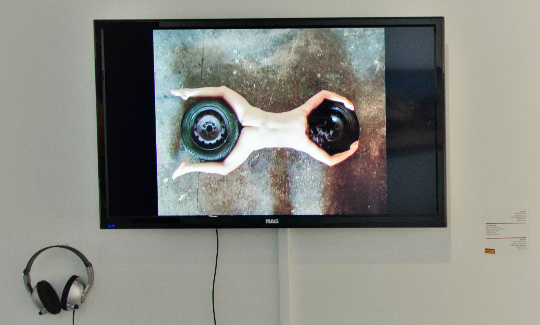Excessive Speed
Saturday, 04.08.18, 20:00
Sunday, 17.02.19
:
Svetlana Reingold
More info:
04-6030800The automobile is "an extension of man that turns the rider into a superman," wrote theorist Marshall McLuhan in 1964. Technology, speed, power, and noise have fascinated artists since the beginning of the twentieth century. The automobile appeared in their works as the perfect symbol of the new world with its endless opportunities.
The Futurist movement stemmed ffrom a passion for modern technology, especially the automobile. In the movement's manifesto, Filippo Marinetti described the automobile as the great symbol of modernity – a form of concentrated power by means of which artists can reach the future. In his words, "We declare that the splendor of the world has been enriched by a new beauty: the beauty of speed." Depictions of the relationship between man and automobile were prevalent in avant-garde works of the early twentieth century. The deconstruction of the passion for cars began with the rise of Pop-Art.
Contemporary artists who address the consumer culture question the worship of the automobile as a symbol of social status. They use the automobile to represent social, political, and economic metaphors. Ownership of an automobile and a driver's license are a kind of passport issued by the aristocracy whose kingdom is the newest, fastest engine. The lack of a driver's license resembles an excommunication, a sort of social castration. Conversely, the connotations of used cars in Israel usually evoke industrial zones, the working class, and garage mechanics. Automobile images in the local context sometimes also contain a violent potential, since car tires are associated with protests and violent regional conflicts.
The exhibition seeks to reflect the complexity involved in the symbolic value of the automotive world and the clash between the different spheres. The images of crushed metal piles in junkyards, puncture shops, street vendors selling toy cars in the city slums – all these expose the hidden backdrop of capitalist hedonism and the status symbols accompanying spectacular consumption. Some of the works emphasize the use of the automobile in mapping out gender roles. These works challenge familiar clichés from the world of advertising, which tend to depict cars as objects similar to women – compliant and submissive. The works highlight the transformation of the automobile into a fantasy.
The contemporary artists participating in the exhibition seek to subvert the technological determinism of our time, which generates both new commodities and the consumer public. This public is homogenous, receptive of the illusion that each new commodity is distinctive and singular. In a world dominated by market logic, we must acquire the most sophisticated machine, keep "up to date," and achieve the best performances. Giant multi-corporations coerce their consumers into repeatedly upgrading their equipment, including their cars. The upgrading concept sanctifies progress, encourages ongoing consumption, generates the need for repeated updating, and develops a system of expectations from the "next generation".
Participating artists: Nasrin Abu Baker, Sharon Balaban, Andrew Bush, Tag Christof, Harel Luz, Ohad Matalon

